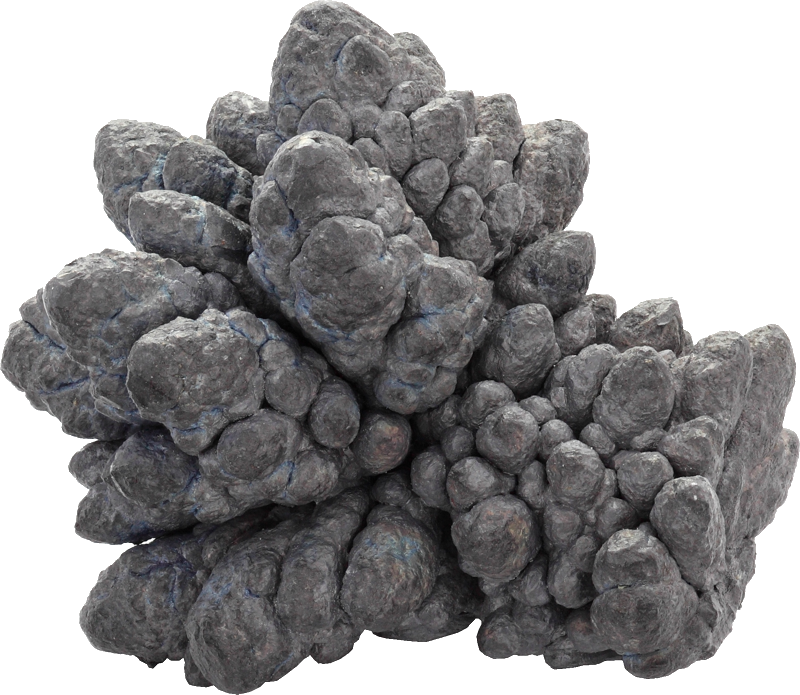Lead in Washington's air
We monitor lead to protect your health and the environment. It can come from leaded aviation fuel and metal processing facilities. It can seriously affect your and your children's health.
Lead used to be an air quality problem. Today, all areas of Washington meet the air quality standard for lead.
A nugget of lead.
Washington's lead history
The largest sources of lead released to Washington's air are:
- Aircraft that use leaded aviation fuel.
- Metal and ore processing facilities.
In the 1970s (and probably earlier), lead in Washington's air posed a significant public health problem. While all areas in Washington met the national air standard, children and adults were exposed to what we now know to be unhealthy lead levels. Beginning in 1975, with the phase out of leaded gasoline, lead levels in air began to decline, along with measurements of lead in children's blood. Lead levels in air also declined as smelters near Tacoma (Ruston) and Seattle (Harbor Island) ceased operation. Today, the levels of lead are nearly 100 times lower than those measured at some Washington locations in the 1970s. With even more stringent standards today, Washington meets the air quality standard for lead.
Maintaining clean air
To make sure the air continues to meet air quality standards, we partner with Puget Sound Clean Air Agency to monitor lead on Beacon Hill in Seattle. In 2012, we also monitored lead at two small airports for a year, because they once emitted high levels of lead emissions. The study showed very low levels of lead. Lead levels throughout Washington meet air quality standards.
What you can do
You can lower the chances of exposure to lead in your home by taking these steps:
- Inspect and maintain all painted surfaces to prevent paint deterioration.
- Address water damage quickly and completely.
- Keep your home clean and dust-free.
- Use only cold water to prepare food and drinks.
- Flush water outlets used for drinking or food preparation.
- Clean debris out of faucet aerators on a regular basis.
- Wash children's hands, bottles, pacifiers, and toys often.
- Teach children to wipe and remove their shoes and wash hands after playing outdoors.
- Make sure family members eat well-balanced meals. Children with healthy diets absorb less lead.
When lead is released into the air from industrial sources or vehicles, it can travel a long way before reaching the ground. In some instances, it can move from the soil into groundwater.
Federal and state regulatory standards have helped reduce the amount of lead in air, drinking water, soil, consumer products, food, and work settings.
Lead exposure can cause damage to many parts of the body. There is no known safe level of exposure to lead. Compared to adults, children are more likely to be harmed by lead. Even low levels can damage children's nervous systems resulting in:
- Lower IQs.
- Learning disabilities.
- Behavior problems.
In adults, the cardiovascular system is most sensitive to low-level lead exposure. Learn more about the dangers of lead poisoning.
Related links
Contact information
Anya Caudill
Environmental Planner
anya.caudill@ecy.wa.gov
360-791-5499


